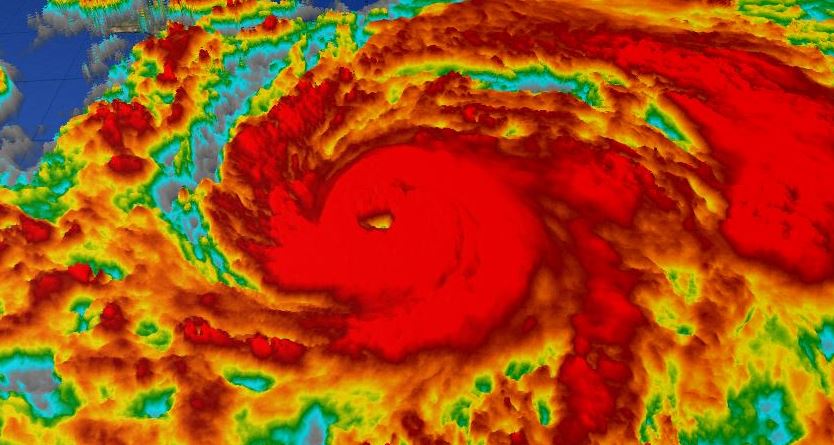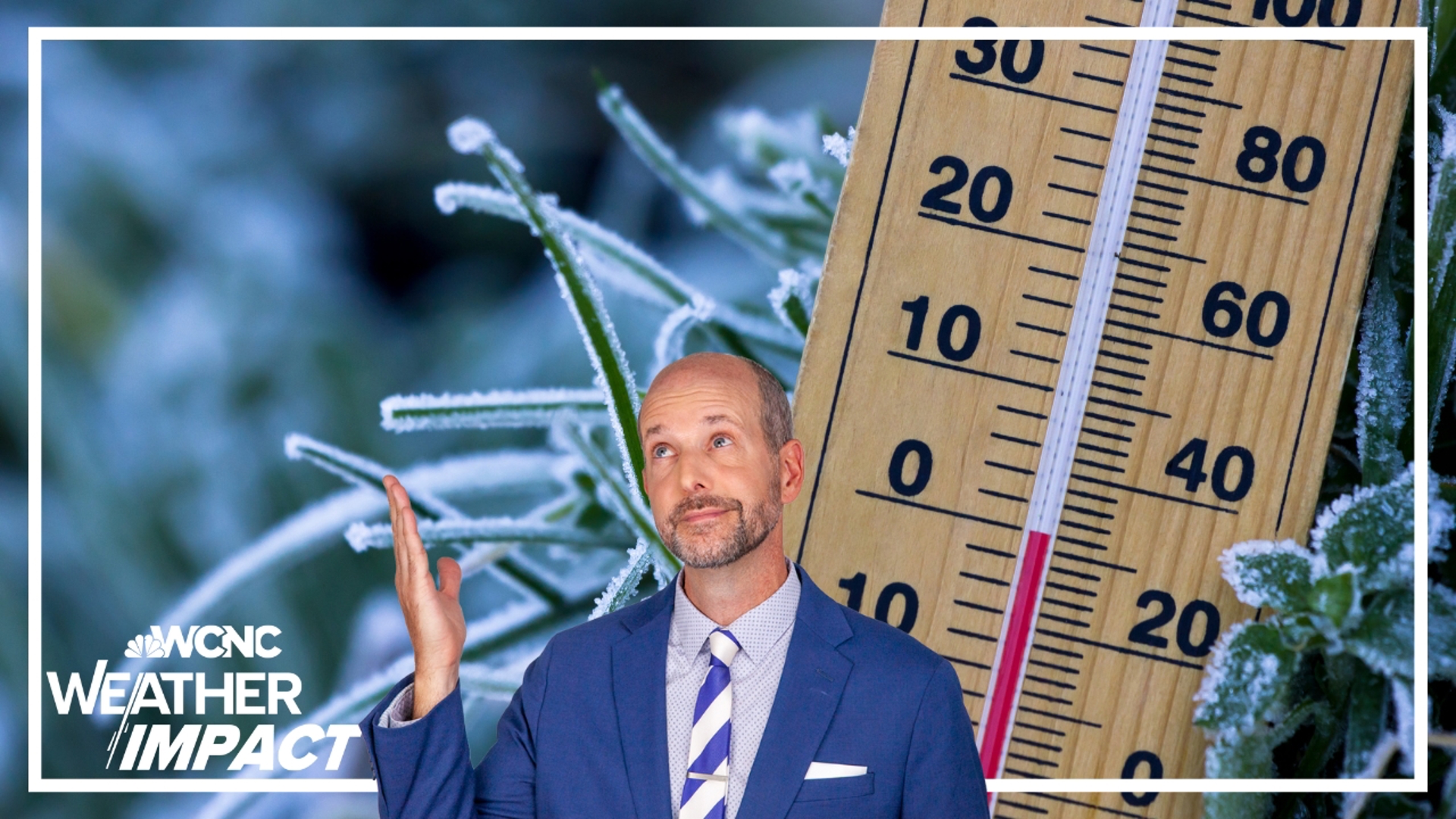NORFOLK, Va. (WVEC) -- Although there are no tropical cyclones in the Atlantic at this time, the 2017 Atlantic hurricane season officially began Thursday, June 1.
It runs through Nov. 30, according to the National Hurricane Center.
For 2017, forecasters predict a good chance of an above-normal season. A normal season produces 12 named storms. They're predicting a 45 percent chance of an above normal season, a 35 percent chance of a normal season, and only a 20 percent chance of a below-normal season.
Forecasters at NOAA are predicting 11 to 17 named storms with winds of 39 mph or higher. Five to nine could become hurricanes with winds of 74 mph or higher, including two to four major hurricanes which are Category 3, 4 or 5 hurricanes.
These numbers include the early tropical storm Arlene which developed in April in the central Atlantic Ocean.
The forecast reflects the expectation of a weak El Niño or neutral conditions, near or above-average sea-surface temperatures across the tropical Atlantic Ocean and Caribbean (more fuel for storms), and average or weaker-than-average vertical wind shear in that same region, which helps tear systems apart.
And speaking of named storms, here is the list of Atlantic Tropical (and Subtropical) names for 2017
- Arlene
- Bret
- Cindy
- Don
- Emily
- Franklin
- Gert
- Harvey
- Irma
- Jose
- Katia
- Lee
- Maria
- Nate
- Ophelia
- Philippe
- Rina
- Sean
- Tammy
- Vince
- Whitney
Last year was the most active in four years with 15 named storms.
As for the eastern Pacific, there’s an 80-percent chance of a near or above-normal season predicted for each region, and calling for 14 to 20 named storms, of which 6 to 11 are expected to become hurricanes, including three to seven major hurricanes. And that includes the early season tropical storm, Adrian.
KING5 in Seattle and WTSP in Tampa Bay contributed to this report.


